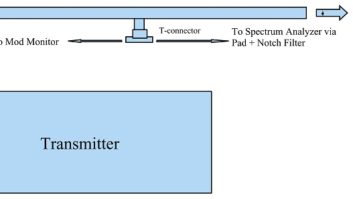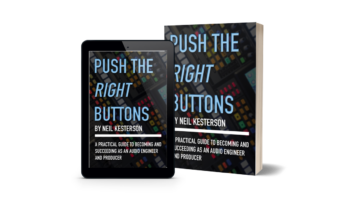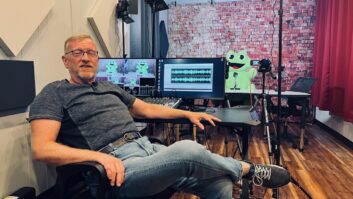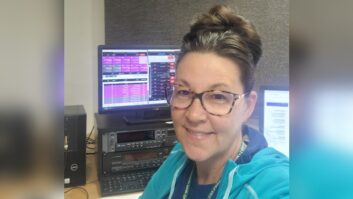PADding the truth
May 1, 2005 12:00 PM
The ability to display program-associated data (PAD), such as artist name and song title, is a common quest whether it is used for RBDS, a station’s website or HD Radio. This information is already stored in the automation system, so it should be an easy matter to send the data to the HD Radio exciter.
Easier said than done.
The data input on an HD Radio exciter is a TCP/IP port with specific parameters. The output of a station’s automation system is not the same format. It might be Ethernet, but it could also be a serial stream, XML or a disk file. In addition, the data stream may be loaded with information, so extracting certain fields may be a challenge. Making the two communicate can be a problem.

An HD Radio display will provide now playing information on some station websites.
Some automation manufacturers provide an interface to feed an RBDS encoder or HD Radio exciter. For many broadcasters, the interface problem has been turned over to a third party, such as the Radio Experience or Dmarc Broadcasting, to facilitate the data transition. In rare cases, stations may elect to roll their own interface, but programming the translation from one system to another can be a daunting task.
Clean data
One obstacle in displaying PAD from an automation system is that the information entered into the system may not have been keyed in a form that is suitable for the public. It’s not profane, but the shorthand used may be cryptic or confusing. For example, the word �tonight� in a song title may have been shortened to �2nite.� Both are understood, but the correct word is clearer.
If this data is not ready for display to the public, the information needs to be corrected or updated. The Muse Database and All Music Guide are two large databases of song and album information that can be referenced to import the data when music is imported into an automation system. In the case of the Radio Experience, song data is cleaned before displaying by comparing the song to a �clean� database to ensure that the displayed information is ready to be displayed on the air or online.
For HD Radio, the minimum information that should be displayed is the artist name and song title. Some stations are already displaying the album name. Additional information may be displayed as well, some of which is related to what is currently playing, but not just about the current song. Some refer to this as near-PAD. For example, when a song from the Dave Matthews Band is playing, the usual PAD can be displayed, but simply rotating this information for four minutes is not an effective use of the display. Near-PAD could include concert dates, ticket information, facts about the band or song, or possibly a contest to win the CD, song download or concert tickets. As near-PAD sees more use the type of information displayed will likely expand.
Also, adding near-PAD really needs to be a function with minimal intervention. If data must be manually pulled for every song, the action will likely become infrequent or get sloppy. Whenever possible, this function should be automated.
Because datacasting was first discussed, the common idea was that non-program-associated data (NPAD) such as sports scores, stock tickers, weather information and traffic data would be displayed. RBDS � in a sense the groundwork for data via HD Radio � has been around for 10 years, yet any efforts to display this news information has been limited to pet projects and trial runs. Some of this is because stations want to maintain their image to the full extent. Shifting between random data and song information is not yet a welcome feature.
Regardless, when NPAD is needed, the role of a data server will increase in importance. The data server can retrieve clean song information, add the near-PAD data when it’s appropriate, and poll other systems, such as NOAA for weather information automatically.
HD Radio displays are rather limited right now, but they will likely improve to provide more information.
Alan Hartle of the Radio Experience contributed information for this article.












